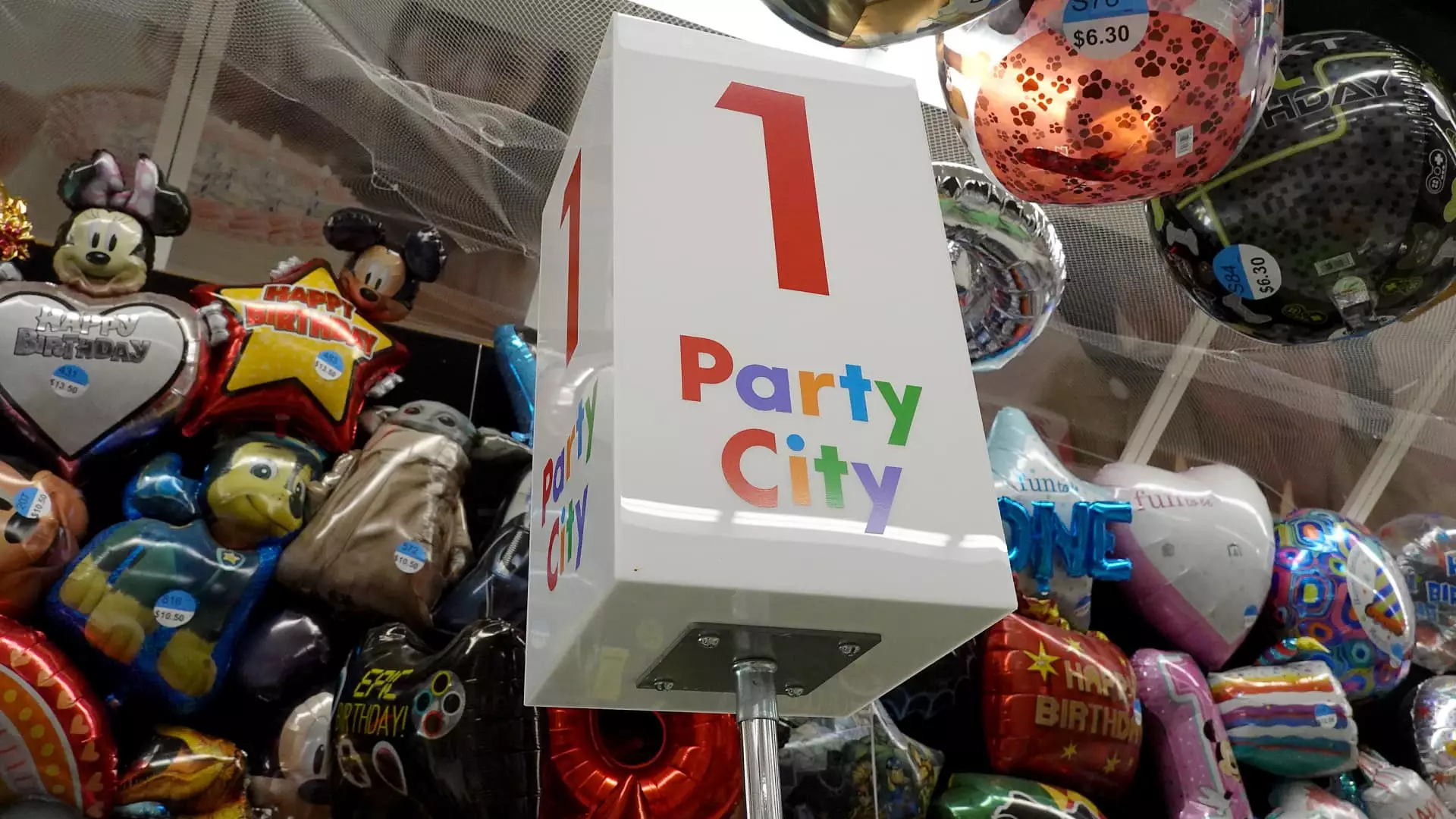On Friday, Party City made the shocking announcement to close all its stores immediately, marking a significant downturn in a brand that has long been synonymous with party supplies. This decision, relayed by CEO Barry Litwin during a staff meeting, was delivered with heavy hearts and a message of urgency. Litwin described the announcement as the “most difficult” he has ever had to make, expressing the emotional weight of the situation not just for himself but for the employees facing uncertain futures. The news, which involves immediate layoffs, reflects the dire financial circumstances the company has encountered over the past years.
Decline from Bankruptcy to Closure
This store closure does not occur in isolation but follows a troubling trajectory that began with the company’s bankruptcy filing less than two years ago. After being unable to manage its staggering $1.7 billion debt, Party City struggled to find its footing, even emerging from bankruptcy as recently as September 2023. The restructuring process allowed the company to shed almost $1 billion in debt and pivot to a privately held structure. This transition seemed like a glimmer of hope for many employees and stakeholders. However, the optimism was short-lived, as the recent announcement demonstrates just how precarious the business landscape is for retailers in similar sectors.
Leadership Changes and Competitive Pressures
Since taking the helm in August 2023, Litwin was optimistic, claiming the potential to enhance the company’s financial standing and deliver a comprehensive celebration experience. However, as the new CEO, one must question whether the leadership strategy was adequately aligned with the realities of the marketplace. The competitive landscape has intensified, particularly with brands like Spirit Halloween making aggressive moves to dominate the party goods market, including the recent unveiling of new “Spirit Christmas” stores. Such developments indicate a shifting trend wherein traditional retailers like Party City are being outmaneuvered by nimble competitors, creating a perfect storm for the company’s collapse.
Adding to Party City’s woes is the rise of online retail, which has transformed consumer behavior dramatically. Despite the company venturing into e-commerce by partnering with Amazon in 2018, it remains evident that these efforts were insufficient to counterbalance the growing trend of customers opting for online purchases over physical store visits. As convenience becomes paramount for consumers, traditional retailers must adapt or risk becoming obsolete entirely. Unfortunately, Party City’s failure to innovate its business model even after emerging from bankruptcy signifies a disconnect with evolving consumer needs and market expectations.
As Party City closes its doors, it serves as a cautionary tale for other retailers in the celebration sector. The narrative highlights the necessity for constant adaptation and the importance of embracing change in a rapidly evolving marketplace. While the immediate fallout is harmful to employees and the community, it also prompts a critical examination of how party supply retailers will proceed in the future. As competition grows and online shopping reshapes consumer habits, companies must evolve to stay relevant. The end of Party City could signal a shift in the celebration retail industry, where agility and innovation become the new critical elements for survival.

